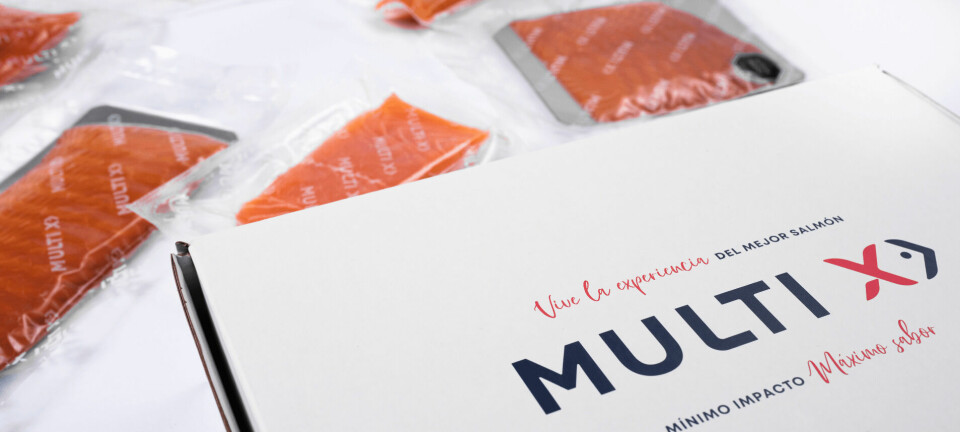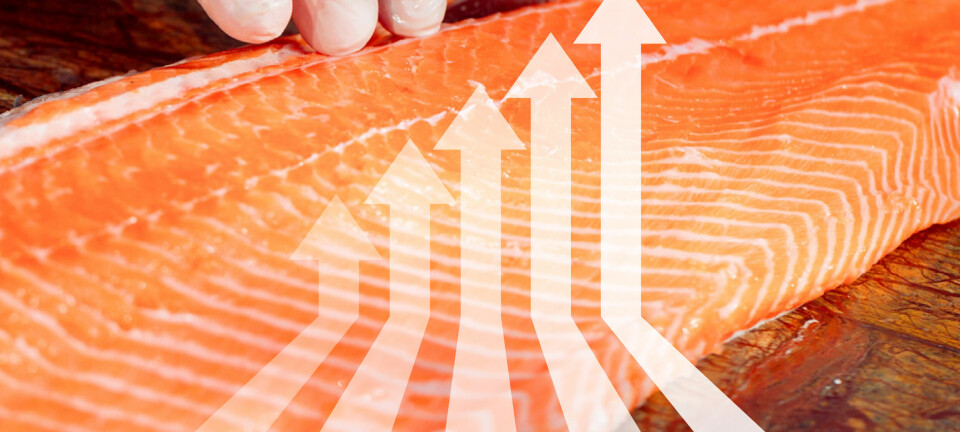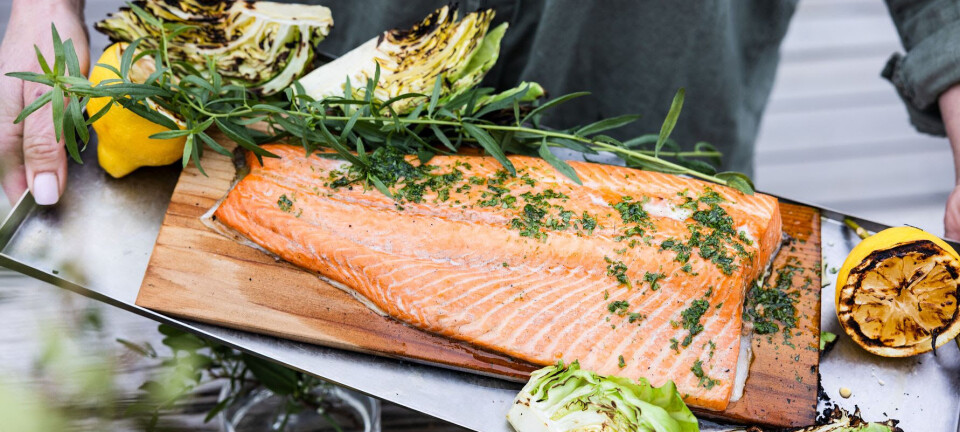Former B.C. salmon farmer gambles on caviar
"The fish, members of one of 27 species of sturgeon that once thrived in rivers and lakes around the world, are being raised in land-based tanks and are destined to produce caviar, a delicacy now shunned by conscientious eaters because of the near-extinction of sturgeon in the Caspian Sea, reports The Globe and Mail.
In the aquaculture business since 1996, Target Marine last year sold its salmon operations to focus on sturgeon, betting that strong demand for caviar would make for a profitable business. "It's a huge barrier to grow sturgeon, which is why it isn't done very much," says Target Marine general manager Justin Henry, adding that some of the company's fish are eight years old but have not yet matured to the point where they are producing commercially viable eggs, or roe. Some species of sturgeon can live for 100 years or longer. The largest fish - which these days are exceedingly rare - can produce hundreds of pounds of roe.
Target hopes to have product on the market next year. If the company succeeds, it will join producers in the United States, Germany, France and even Southern hemisphere countries such as Uruguay that cultivate a jet-set food once plentiful in the wild. In Canada, Supreme Sturgeon and Caviar Ltd. is supplying caviar to high-end restaurants, and Acadian Sturgeon and Caviar Inc. is gearing up for commercial caviar production. Both companies are based in New Brunswick. Caviar are the processed, salted eggs of fish, principally sturgeon.
The biggest source of caviar used to be the Caspian Sea, an inland sea bordered by five countries including Russia. But overfishing, pollution and poor management pushed Caspian Sea stocks to near-extinction. The population of the famed beluga sturgeon has plummeted by 90 per cent in the past 20 years, according to Caviar Emptor, a sturgeon recovery campaign backed by major conservation groups. As countries have moved to restrict imports of caviar from endangered sturgeon (trade in all species was regulated under the Convention on International Trade in Endangered Species in 1998), a market has emerged for alternatives.
Raising sturgeon to produce caviar could benefit wild sturgeon, says Matthew Litvak, a University of New Brunswick biology professor specializing in fish ecology and aquaculture. "The reality is with this group of fish, no matter what you do and what regulations you set up, they'll be persecuted to extinction," Prof. Litvak says. "Because the fewer there are, the more valuable the caviar becomes." Caviar prices range according to source and supplier (there is a thriving black market), but can cost $140 an ounce or more. Farm-produced caviar could increase supply and lessen the pressure on wild-sturgeon fisheries throughout the world, Prof. Litvak says. Pressure would also be reduced if humans stopped eating caviar - but that hasn't happened.
The white sturgeon being raised by Target Marine is B.C.'s largest freshwater fish and is found in the Fraser, Nechako, Columbia and Kootenay river systems. Overfishing pushed stocks to near-extinction decades ago. That means no brood stock is readily available for sturgeon aquaculture. Target Marine's stock has been built with help from Vancouver Island University, which collected stock from the Fraser River watershed in the 1980s. Target is currently seeking zoning approval for a processing facility in Sechelt, where the company's plans have raised concerns about increased noise, smells and traffic. Target says its facility would be relatively small, use water recirculation systems and comply with environmental regulations."























































